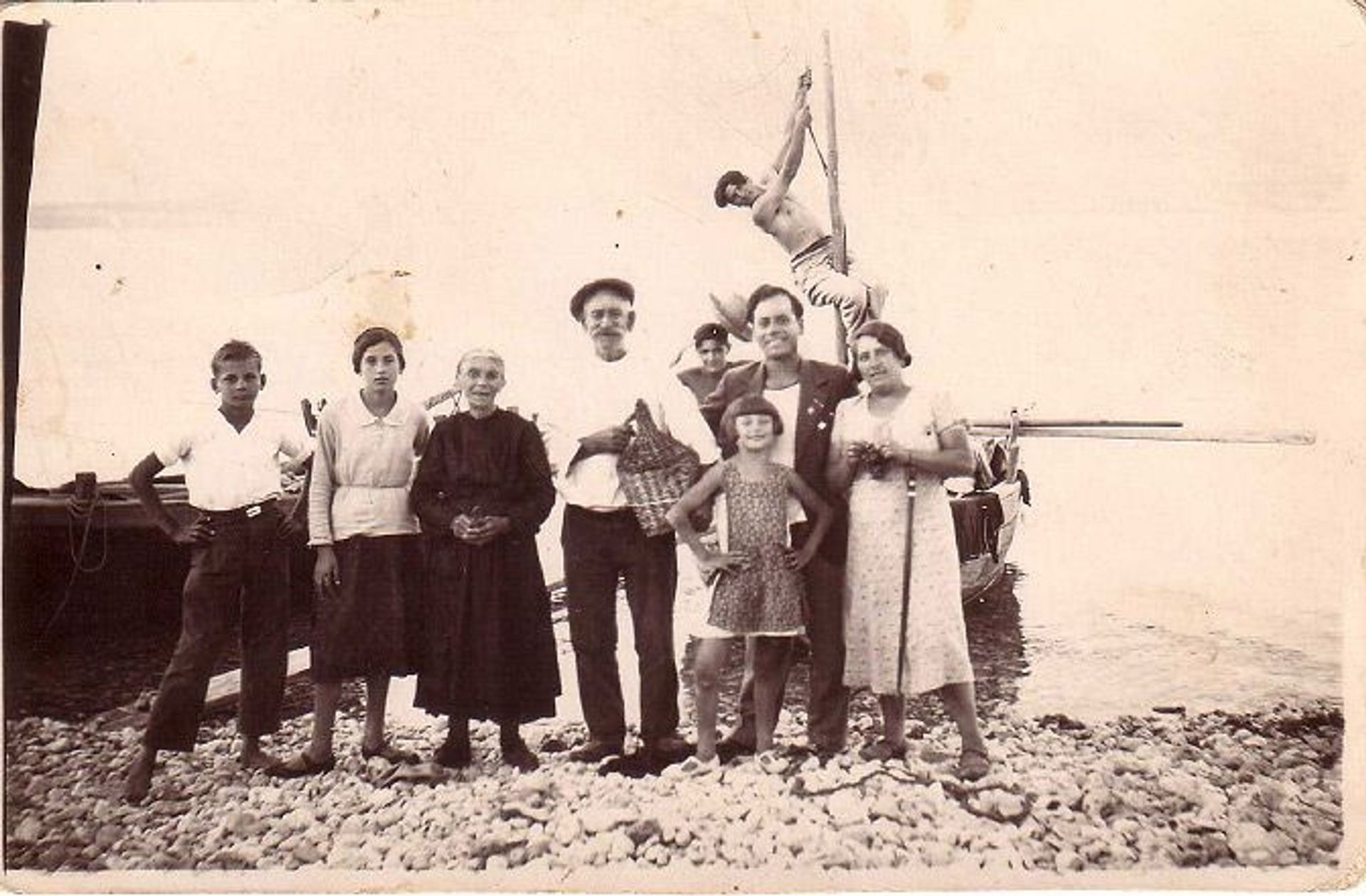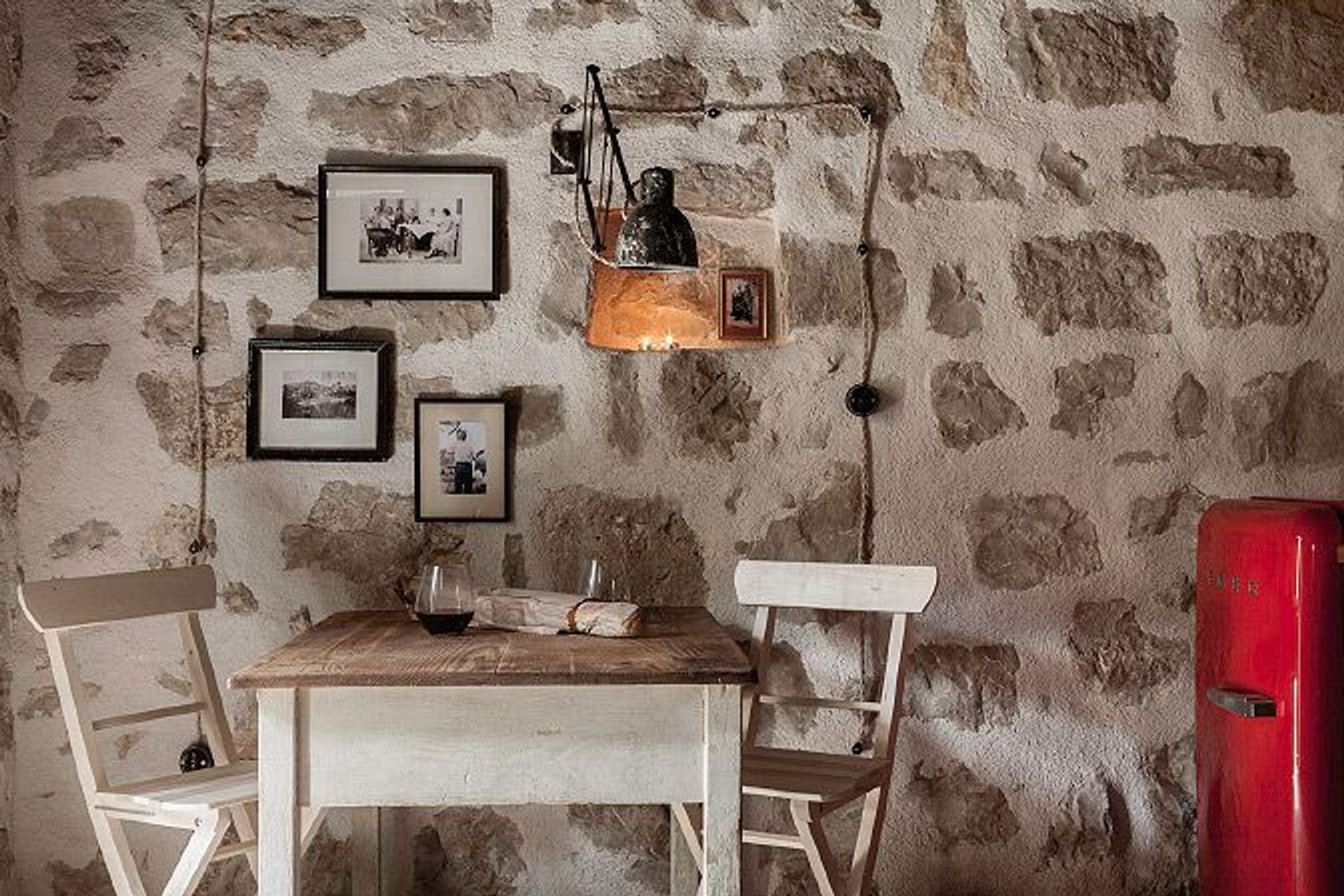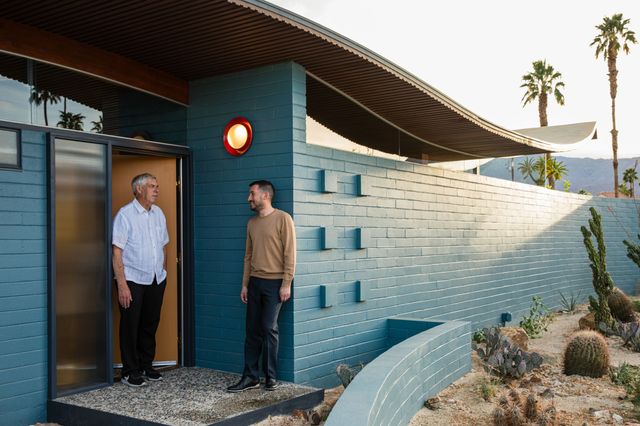Kuća Fotografa and the Photography of Nikica Karavida
- Category
- Spotlight
- Written by
- Roshan McArthur
- Published
- December 13, 2016

After restoring his first Croatian cottage in 2014 – a beloved family home, which is now called Kuća Kamena – artist Boris Kajmak developed a taste for renovating historical homes. He found a ruined house nearby in the Dalmatian coastal town, Novigrad – a home once owned by Nikica Karavida and his wife Zorka, which had a great story to tell.
“Karavida was a photographer who was wounded in the First World War,” explains Kajmak. “I find it interesting that during his rehabilitation period in hospital, he took a course to learn photography. He took pictures between the two wars, then at the beginning of the Second World War, his photographic equipment was confiscated.”

He and his wife lived in the house for many years. As they were unable to have children, it was always just the two of them, and the house is wedged in a little courtyard with what Kajmak describes as “a Romeo and Juliet style staircase”. These factors inspired him to think of Kuća Fotografa as a cozy love nest, and his vision for it was a house with a social exterior (a courtyard opening up to neighboring houses) and a private interior (a secluded atmosphere for a couple truly dedicated to one another).
When Kajmak bought the house, it had been decades since Nikica Karavida had occupied it. After his death, his family lived in it, then in the Nineties, it was damaged and looted during the war. It lay abandoned for years. Kajmak wanted to recapture the photographer’s spirit, and decorated the house with photographs, all of which were shot by Karavida in Novigrad, telling his story as well as those of his neighbors.

“I brought back the artist in the house,” he explains. “I reinterpreted it because the traces of him had been erased. Bringing photos back was the first logical thing to do. He was really into the condition of the human being, and there was always somebody in the frame. He documented funerals and carnivals, dancing in the street, fishing. He wasn’t like the other photographers of the time. He’s remembered in the village as a person, so there are lots of stories about him. But the story of him and his wife really affected me more. It’s a house for couples.”
Looking at it today, with its deference to historical detail and strong sense of intimacy, the house clearly evolved through the lens of an artist – and with the devotion of someone who grew up within the community.

“I really gave myself to these projects,” says Kajmak of the two houses he has renovated. “They’re very personal. By owning and doing it myself, it works out as one art work. In both houses, you get the feeling it was done by one brain and one set of hands. I had ideas to start with, but they were adapted along the process to the materials and by getting more familiar with the space I found myself in. That way, I was never sure how the end result would be. But doing it for myself, I could afford that freedom of changing as I went.”
This organic approach is a big part of Kajmak’s art. One of his other projects, Homes /\ Houses, was inspired by the drawings that children make of houses. He took their drawings and turned them into maquettes, or architectural models, to challenge notions that there is such a thing as “correct” perspective and allowing space for the idiosyncrasies the children created.


He describes a house as a “living being. It’s not a house, it’s a home – a living, organic thing.” This is true of both the Dalmatian kućas. They are alive with idiosyncrasies, memories and experiences, smells and sounds – perfect for staying still, living slowly and making new memories.
Nikica Karavida ‘s home, now Kuća Fotografa, is available for rent through BoutiqueHomes. For the story of Kuća Kamena, please click here.

